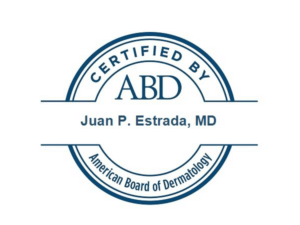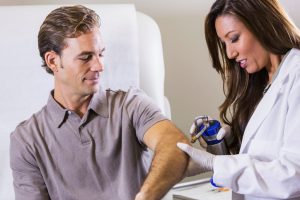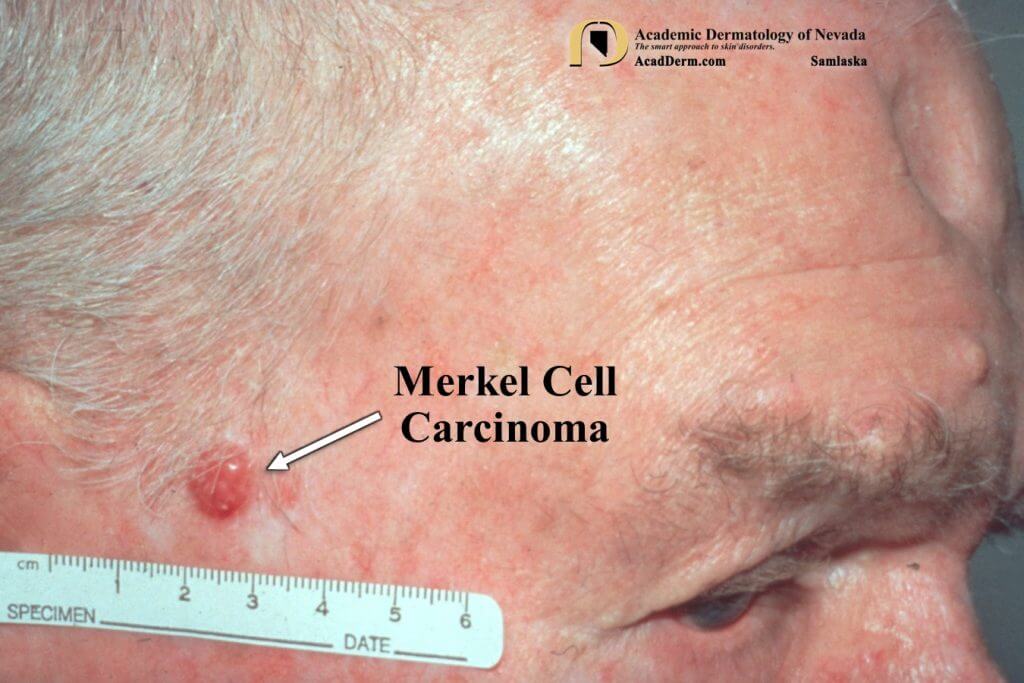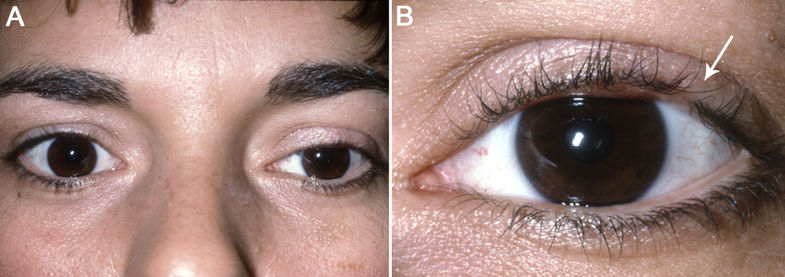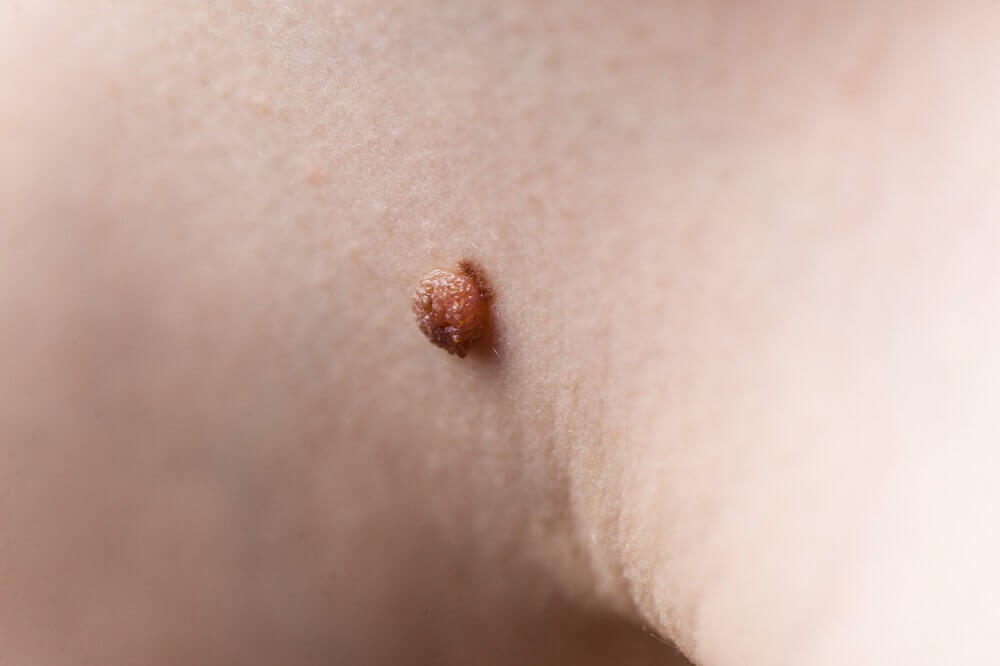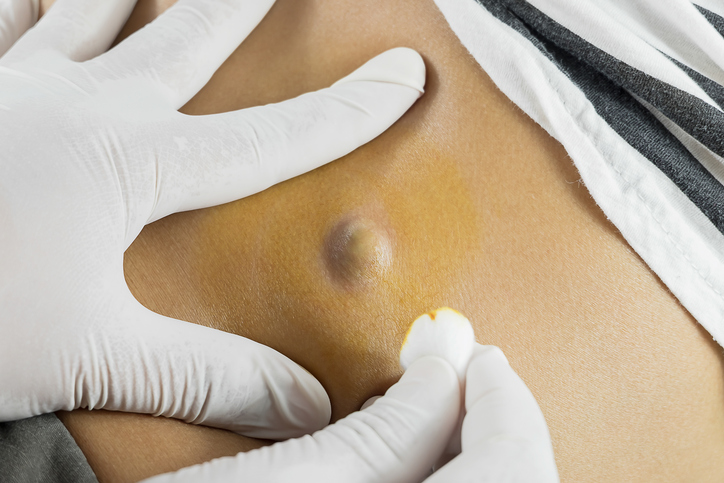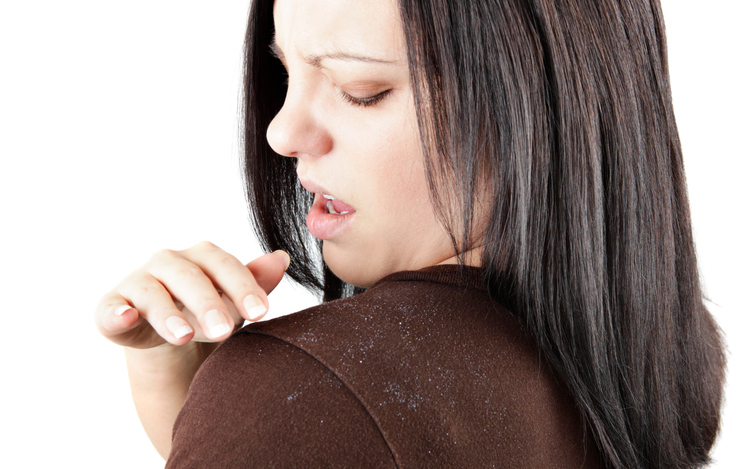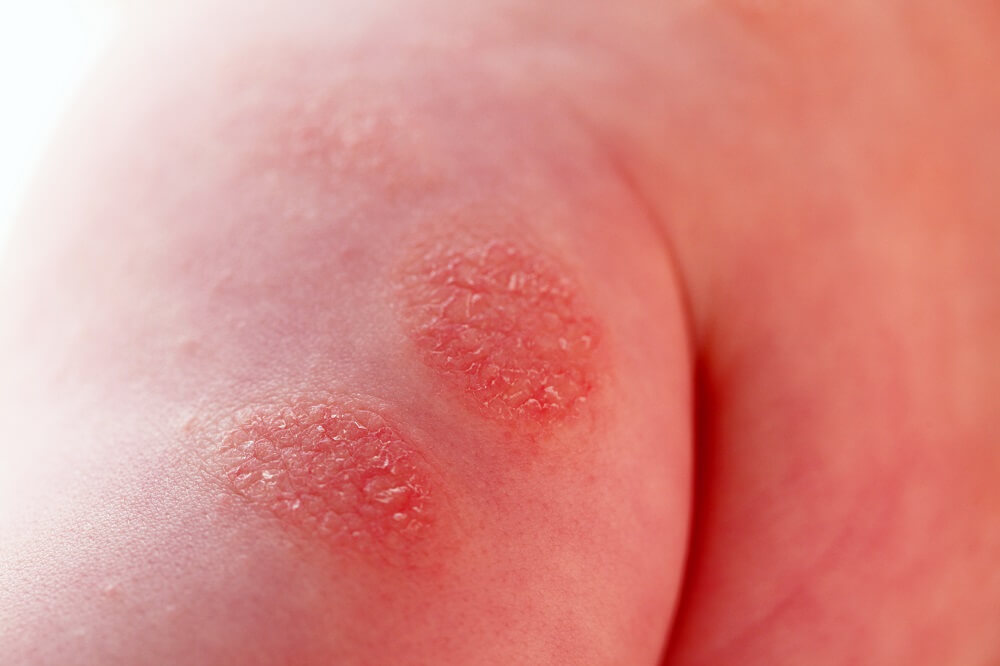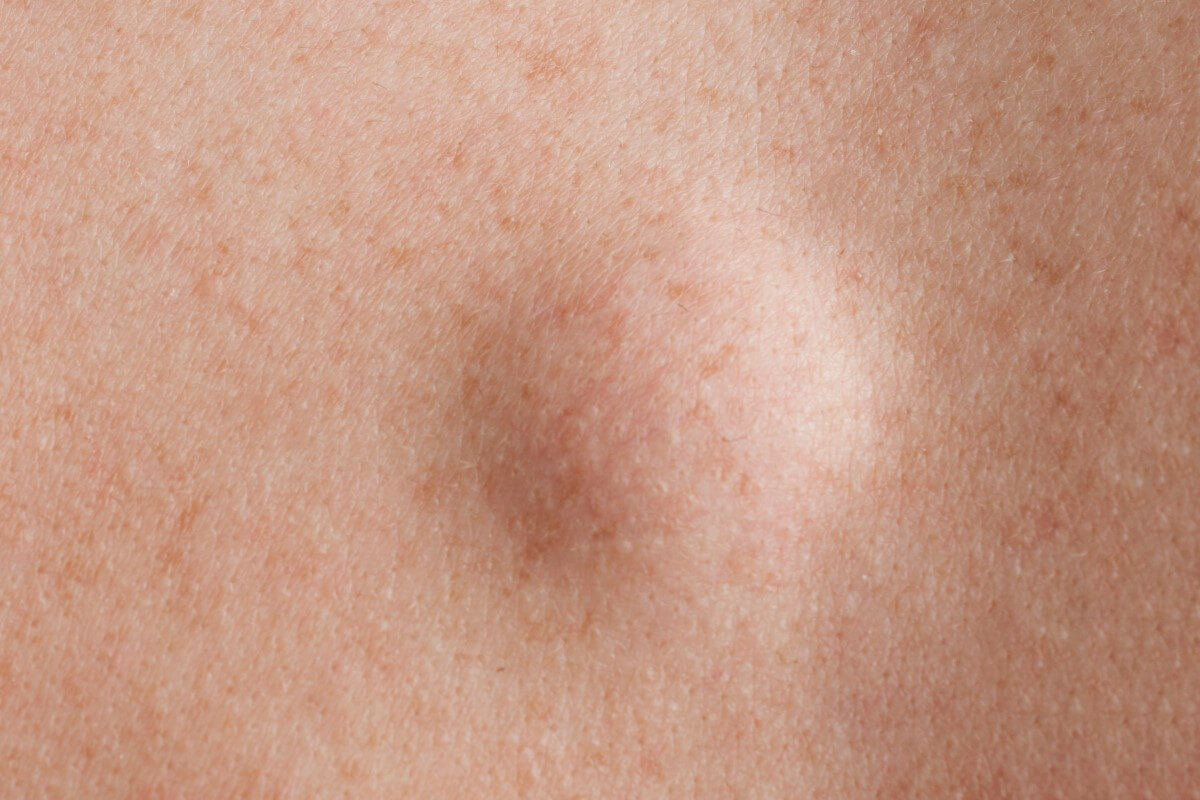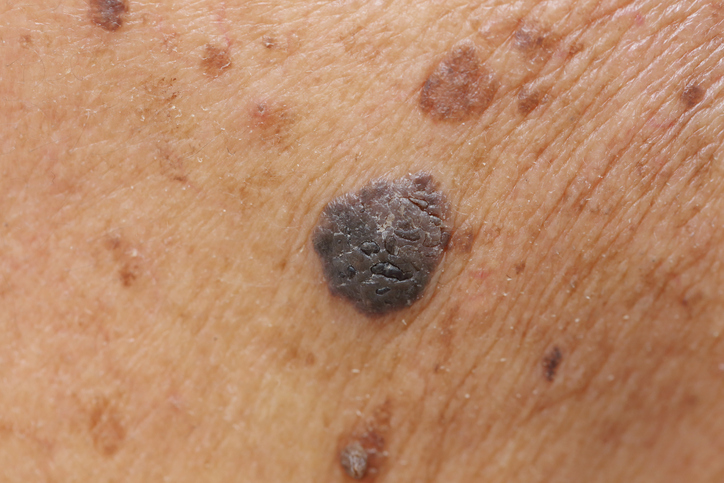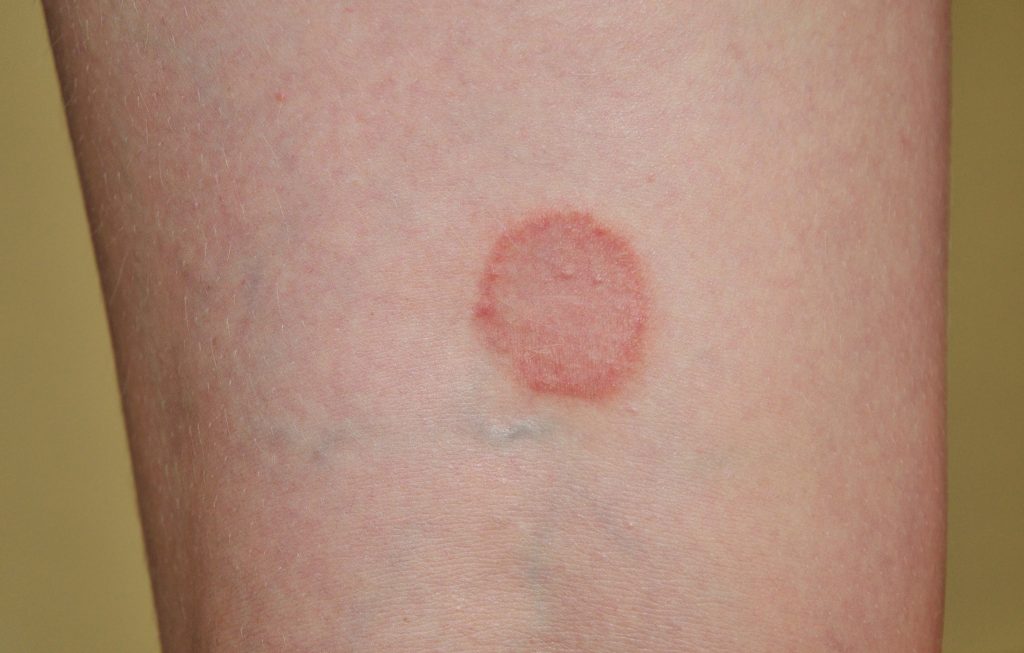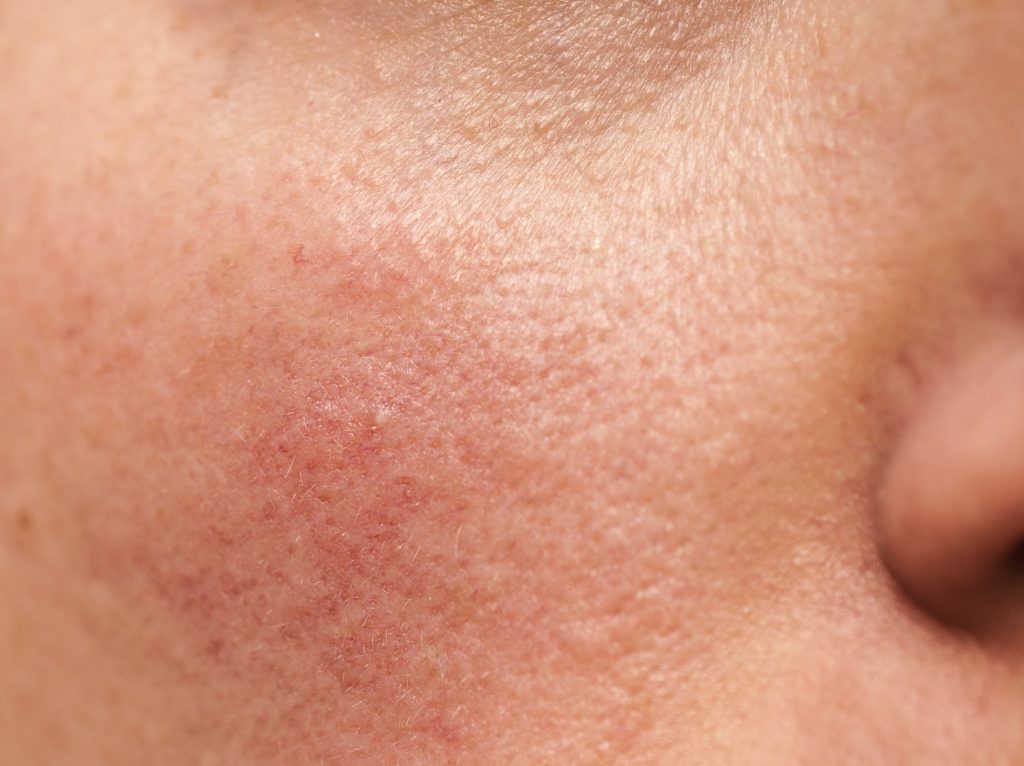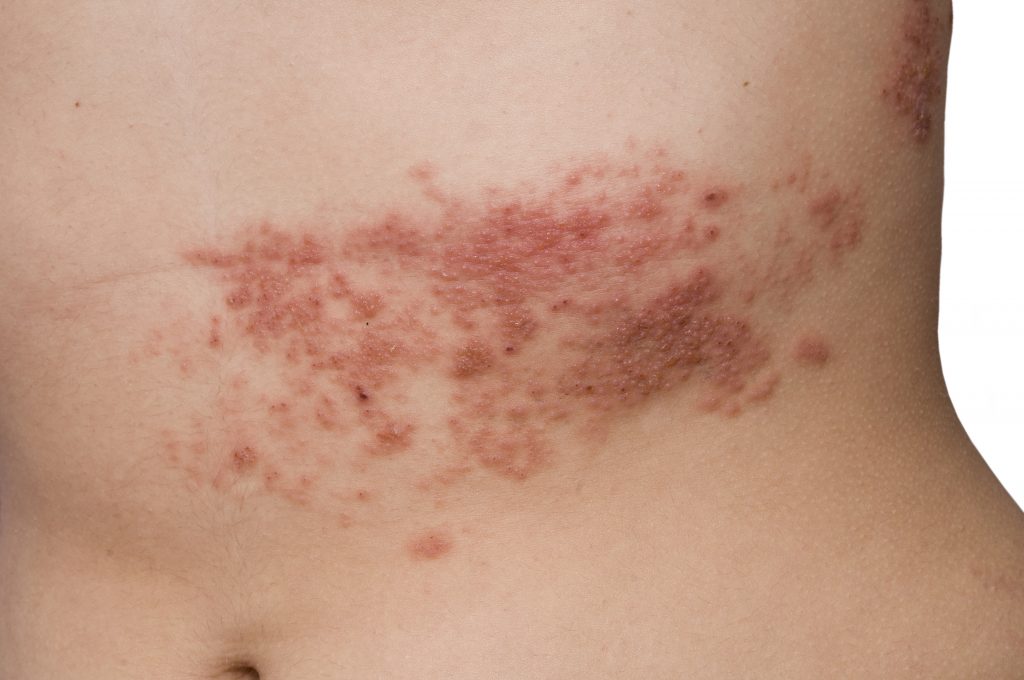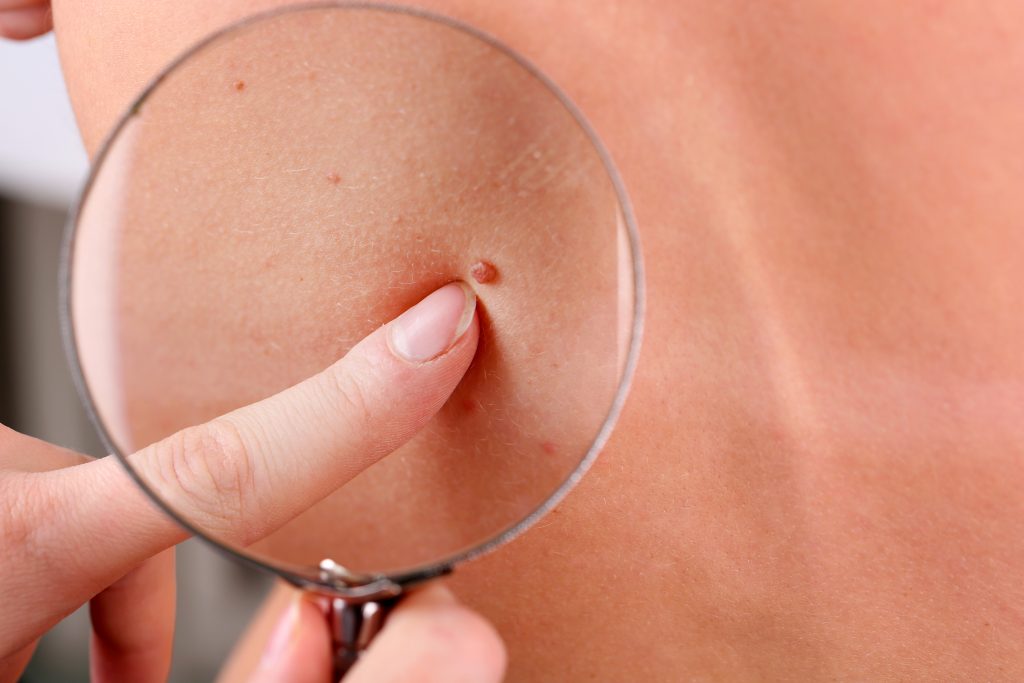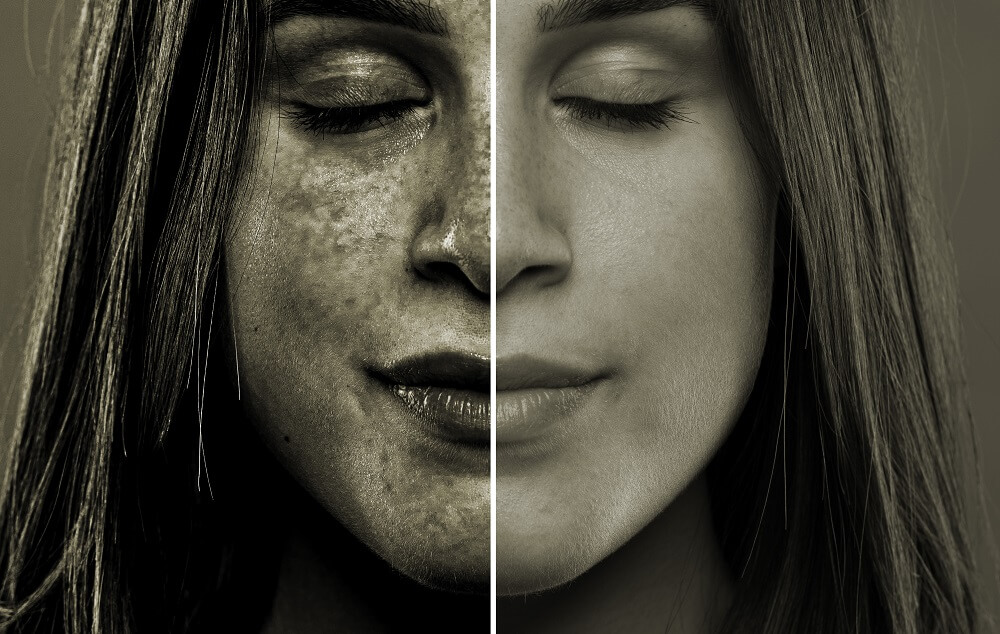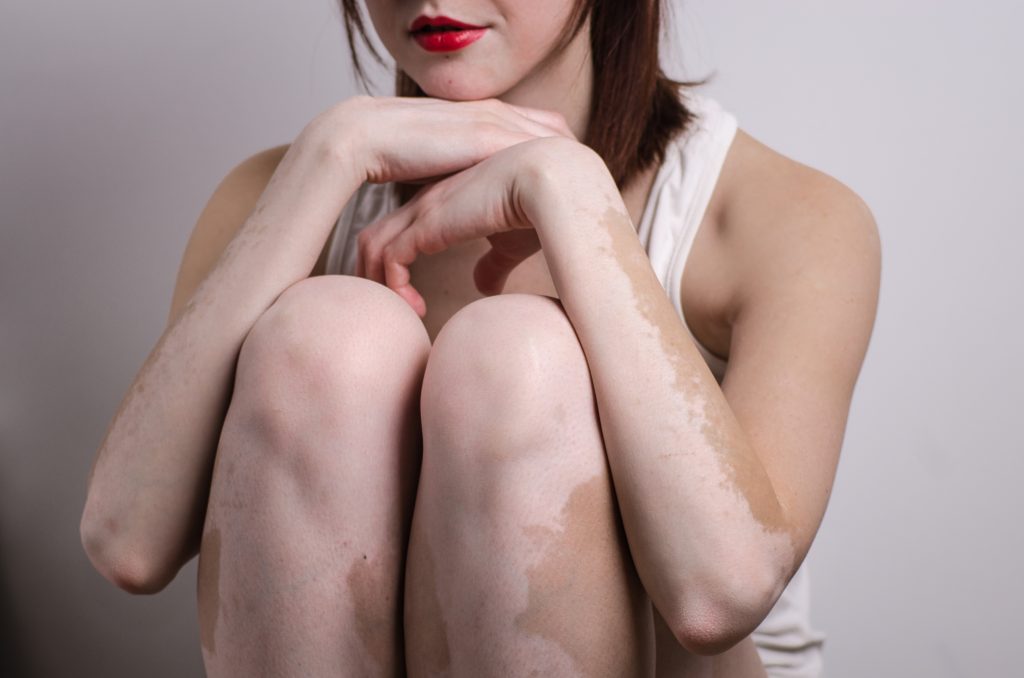Dr. Juan Estrada is a board-certified dermatologist and is accepting new patients in our Kyle, Texas office.
Dr. Estrada earned his undergraduate degree from Dartmouth College, graduating summa cum laude with a B.A. degree in Mathematics and Social Sciences. He earned his medical degree from Columbia University College of Physicians and Surgeons in New York. He spent his internal medicine intern year in Marietta, Georgia at Wellstar Kennestone Regional Medical Center followed by a clinical research fellowship at Columbia University Medical Center. Dr. Estrada completed his Dermatology Residency at Hackensack Meridian Health in New Jersey.
Dr. Estrada has extensive training in clinical research in both dermatology and radiation oncology. Dr. Estrada enjoys treating patients of all ages and practices medical, pediatric, surgical, and cosmetic dermatology. “I chose dermatology for patient continuity,” says Dr. Estrada, “which to me means being able to provide long-term care for patients with a variety of skin conditions, while building a meaningful relationship with them every step of the way.”
Dr. Estrada is excited to be in Central Texas where he is closer to family. Fluent in French and Spanish, he enjoys the proximity to the lively and vibrant Austin area as well as the rich cultural diversity the area offers. In his spare time, Dr. Estrada enjoys competitive bodybuilding and fitness, hiking, and spending time with friends and family.
Additional Languages
-
French
-
Spanish
Specialties and Affiliations
- American Academy of Dermatology


